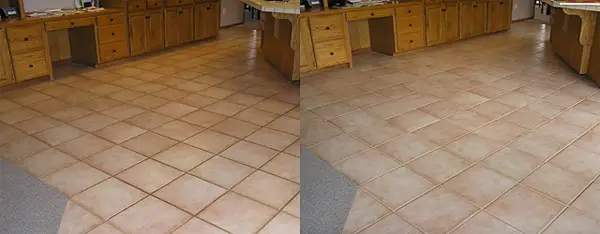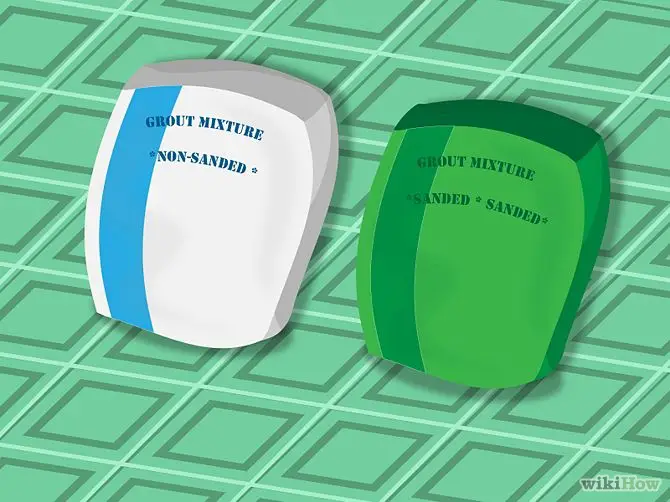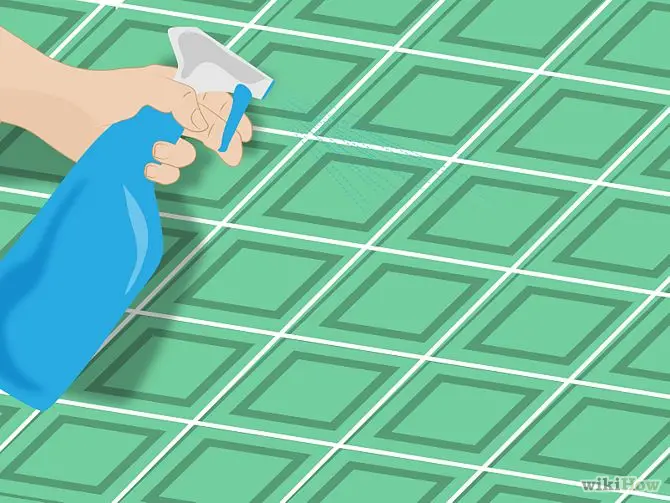Ceramic tiles are easy to maintain and they are also very durable. They come in different shapes, sizes and colors so anyone is sure to find a design that perfectly goes well with their preferences and needs. These are just some of the advantages of having ceramic tile flooring.
The most repair you would do is having to replace a tile should it get broken, cracked or severely damaged. For the most part however, it will be cleaning most of the time and regrouting once in a very long while.

www.groutgenius.com
Yes, the grout on your ceramic tile flooring tend to look dirty, ugly and worn over time so you’d need to have it replaced to make your floors looking brand new.
So how to regrout ceramic floor styles? Here are some quick, easy and useful steps:
-
Choose the right type of grout. There are basically 2 types of grout: sanded and un-sanded. The sanded ones offer more strength and hence, it is recommended for spaces larger than ⅛ inches. If its smaller, then use an un-sanded one. This will make it easier for the grout to be applies and penetrate smaller spaces. Also, since the gaps are smaller, you won’t be needing the additional tensile strength offered by sand. Regrouting marble tile flooring however changes that rule since the and will severely damage the marble floors beyond repair, though the tiles should have been installed with less than ⅛ gaps, it won’t do you no harm to be mindful of these things. Finally, be sure to have the right color of the grout to match your tiles. If you were able to save some of the old one, then check if it has an expiration date or if its still suitable for use. Another neat trick is to chip off a piece of the old grout or take a photo of the floors and bring it to your local hardware store or home improvement shop.

www.wikihow.com
-
Clean and remove old grout. Clear away the old grout using an oscillating multitool that you can either rent or purchase from your local hardware shops. Two things to keep in mind if you plan to clear the old grout yourself; one, be sure you know how to use the tool and two, that the blade is sharp enough to do the job. Grind away following the old grout line, make sure to go as deep as the tile’s thickness. Next, sweep or vacuum and lightly mop to remove the dust. Using a small hammer and chisel set gently chip of remaining bits and pieces of grout. Note the word: gently. We are going to take out the grout and not the tiles. Sweep off the dirt and wipe the surface with isopropyl alcohol. If there needs to be any repairs or replacements, this is the best time to do it.
-
Apply the grout. Following manufacturer instructions, mix the grout with the right amount of water in a small plastic tub and stir well until you achieve the right consistency – it has to be smooth: not too crumbly and not too soupy. Allow it to sit for a few minutes and stir again before application. Using a rubber grout float, force the mixture into between the tiles. Swipe the grout in the direction of the gap and force it in. Work from one area within your reach to another. Avoid stepping on freshly applied grout to prevent it from gouging out. Occasionally stir your grout mixture to avoid it from drying out. If you are working on a rather large space, mix small portions of the grout to avoid it from drying up. Dried up mixtures should be discarded as using it might compromise the quality of your work.

www.wikihow.com
-
Clean it up. Once you’ve finished applying the grout, allow 10-15 minutes for it to dry. Be sure to check the entire floor and make sure the grout is applied evenly and that there are no sections where an excess amount is bulging out. Be quick to scan and immediately remove any before the grout dries up. Use a spatula or a wooden stick to scrape them off. Also using a squeegee, non-corrosive rug or a foam sponge, wipe off excess grout on the tiles. Rinse the sponge often as you work from one section to another.
-
Add the final seal. Allow the grout to cure following manufacturer’s instructions. This is usually about 24 hours. Then apply a penetrating seal on the grout’s dried surface using a spray bottle or a sponge. This will protect the grout further and make it less prone to molds and mildew. Be sure to quickly wipe off excess sealant on the tile surface as they may cause staining.

www.wikihow.com

